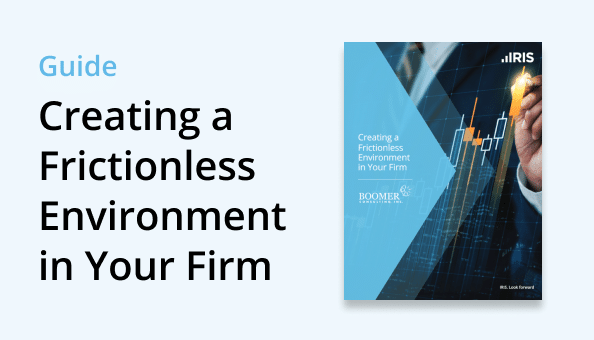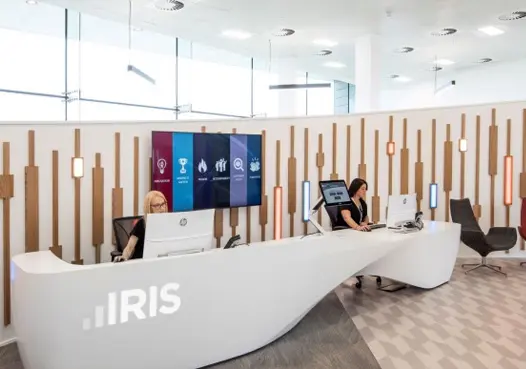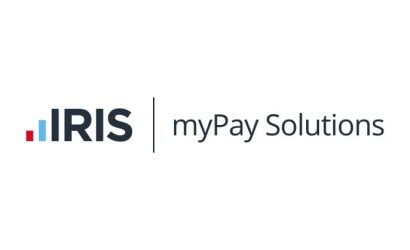BLOGS
The future of work: a question of culture

As restrictions have lifted, CPA firms are welcoming workforces back into their offices in some form or another. This is leading to a multitude of questions on office re-introduction strategies which frankly, are now being over-analyzed and answers over-complicated.
I’d argue practices should avoid asking too many questions. What we need to be talking about is culture and the motivation and well-being of people that make up an organization. As after all, culture begins and ends with people.
I’d always known this, but it really hit home when just a couple of weeks ago I somewhat unexpectedly, spent the whole working week face-to-face with fellow colleagues, partners and customers. It’s been almost two years since I’d interacted this much with ‘work’ people in the flesh and the amount I achieved was astounding. While working from home, a good six months of my team’s time was taken attempting to close a deal with a partner. In person, we cracked it in less than two hours.
Finally closing this deal, it felt more than just an achievement from a business perspective. I also recognized that a substantial chunk of what made our organization great had been missing over the last two years. It isn’t just about the social benefits. There are very practical applications for your business too.
For any company to drive productivity, they’ll need a culture of transparency in the workforce. In my case, actually sitting down with my team, having difficult conversations and truly understanding their thoughts and feelings enabled us to weigh up both sides of the coin and make decisions that ultimately resulted in a collectively beneficial and positive outcome. You could say we ‘relearned’ the value and practical benefit of sitting face to face with people.
Carry this into the future of work
A recent survey found 61% of people say they are working from home because they want to, and 38% say their office is closed.
Undoubtedly, the future of work is here. Appetite for home working clearly remains. No one’s saying CPA firms should give up home-working in its entirety in favor of a full working week in the office.
I would, however, argue that firms must never undervalue the importance of human interaction. We must take advantage of when teams are in the office together and use this time effectively. Accountancy leaders should carry this into the future of work. So when workforces are separated, transparency and the human touch remains.
Talk to your workforce
With this in mind, it’s important to take time to ask your colleagues what’s on their mind and discuss their priorities. Do they prefer to stay home to avoid the commute and have more time with their family? Do they prefer hybrid for some variety? Many firms are using employee surveys to get everyone’s opinions and preferences.
Technology with a human touch
The right technology and a culture of transparency go hand in hand. Robust accounting software can be leveraged to address a lot of people’s current concerns effectively. It can streamline operations, free up time and alleviate employee stresses, taking away any admin-heavy tasks, while reducing practice overheads. Automating some aspects of accounting will enable staff to spend more time with their clients face to face or virtually, and become self-sufficient.
Ultimately, technology is there to help accountants, enhancing culture in the process. Take hybrid working, for example. To make the future of work a success, accountants should look to flexibly integrate accountancy software into their day-to-day. This will enable users to access their office PC and all the critical applications and files and data and means in practice they can work from a laptop, another PC, or even a tablet computer anywhere they want and need.
Culture matters
By listening and gaining a solid understanding of each other, my team, working with our valued partner, closed a deal that had been evading us for months on end. I truly believe the answer for how to unlock optimal efficiency has been there in front of us all along, it had just been hard to recognize throughout the pandemic.
It comes down to this: only by listening to the workforce will you get things done. Just because we’re not in the office full time, doesn’t mean this should be ignored. When you combine human interaction with the correct technology, you’ll cement a culture of transparency and ruthless efficiency that works for everyone. Once in place, this will lead to enormous differences in terms of interaction, intimacy of conversation and quality of outcomes.












